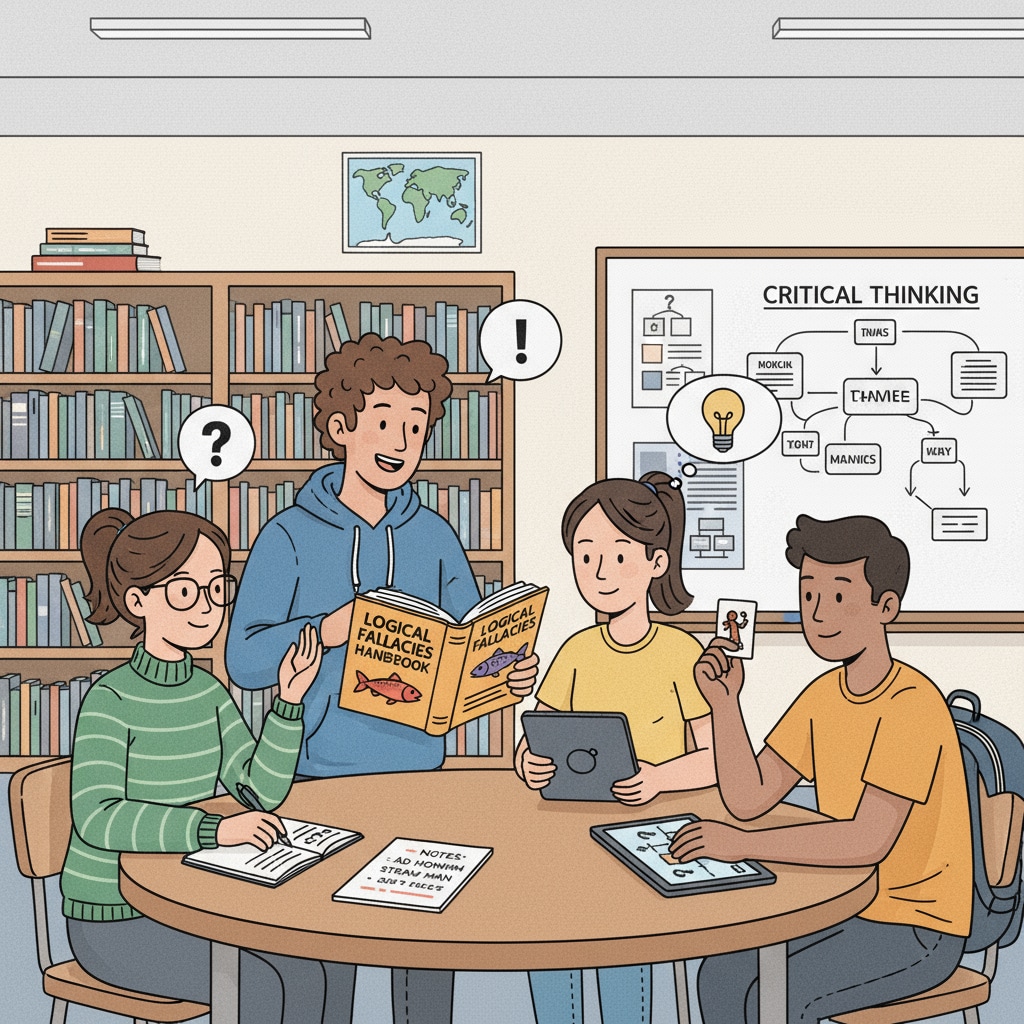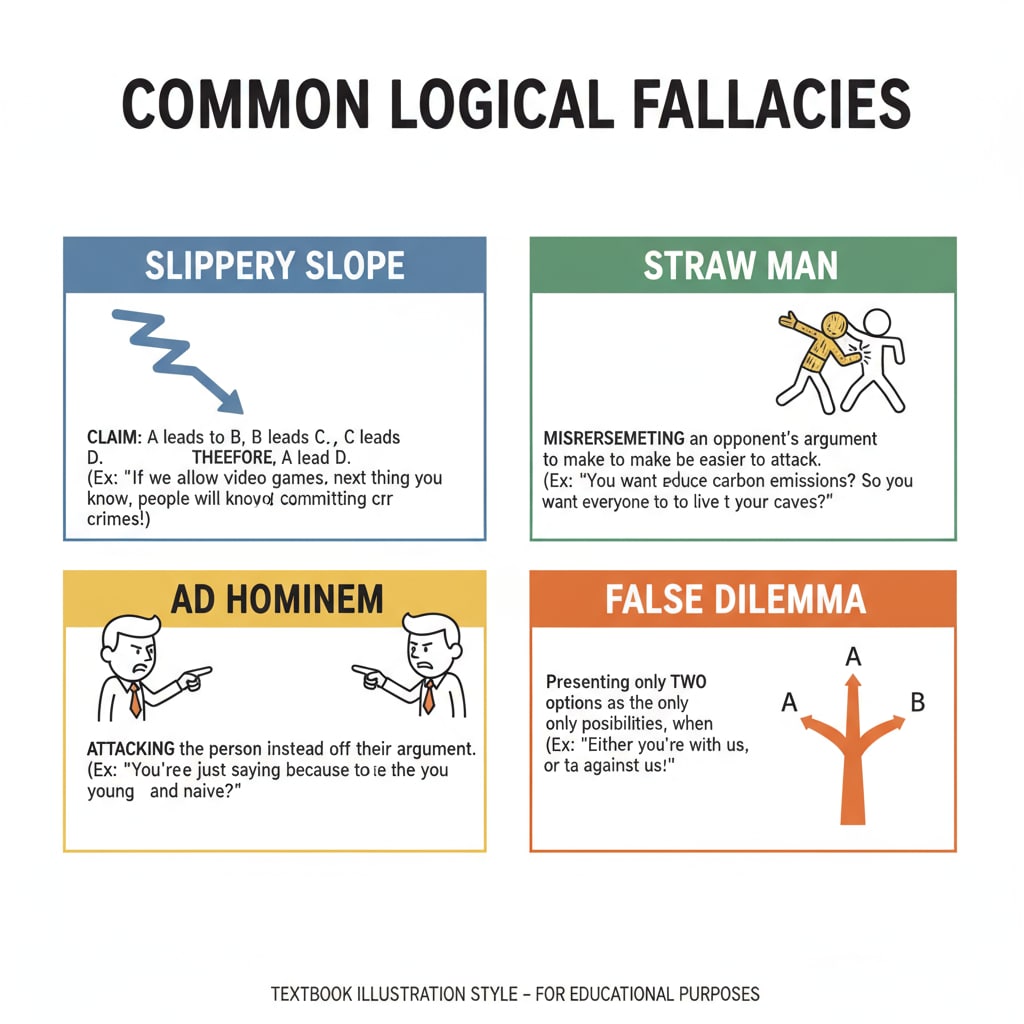In the modern landscape of education, the concepts of logical fallacies, critical thinking, and educational reform have become increasingly important. In today’s information-saturated world, high school students are constantly bombarded with a deluge of information from various sources, such as social media, news outlets, and online forums. However, they often lack the necessary tools to analyze and evaluate the validity of the arguments and claims they encounter. This is where the introduction of logic fallacy courses in high school comes into play.

The Prevalence of Logical Fallacies in the Information Age
In the digital age, misinformation spreads like wildfire. Logical fallacies, which are errors in reasoning, are frequently used to manipulate and deceive audiences. For example, the ad hominem fallacy, where a person attacks the character of an opponent instead of addressing the argument itself, is commonly seen in political debates and online discussions. According to Wikipedia’s entry on logical fallacies, these fallacies can lead to false beliefs and poor decision-making. High school students, being at a vulnerable stage of intellectual development, are especially susceptible to being influenced by such fallacies.

The Role of Critical Thinking in Combating Logical Fallacies
Critical thinking is the key to recognizing and avoiding logical fallacies. It involves analyzing, evaluating, and synthesizing information to form well-reasoned judgments. When students are taught critical thinking skills in the context of logic fallacy education, they learn to question assumptions, identify flaws in arguments, and seek evidence. As stated in Britannica’s article on critical thinking, critical thinking empowers individuals to make informed decisions and resist the allure of fallacious reasoning. By integrating critical thinking into high school curricula through logic fallacy courses, students can become more discerning consumers of information.
Moreover, logical fallacy education also helps students develop effective communication skills. When they understand the common pitfalls in reasoning, they can express their own ideas more clearly and logically. This, in turn, enhances their ability to engage in meaningful discussions and debates, both in and out of the classroom.
Readability guidance: The above sections have presented the prevalence of logical fallacies and the role of critical thinking. By using short paragraphs and providing external links, we aim to make the content accessible. Each H2 has a clear focus, and transition words like ‘however’ and’moreover’ are used to connect ideas smoothly.


